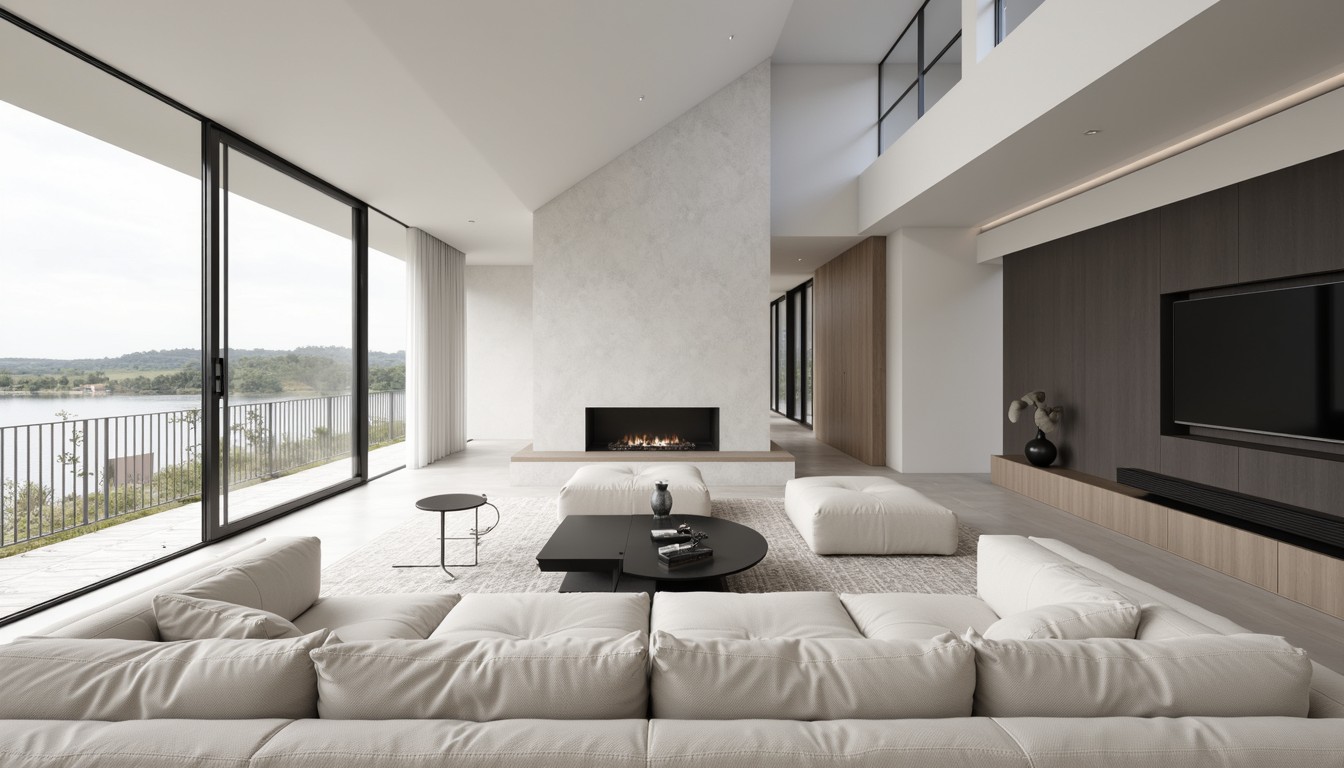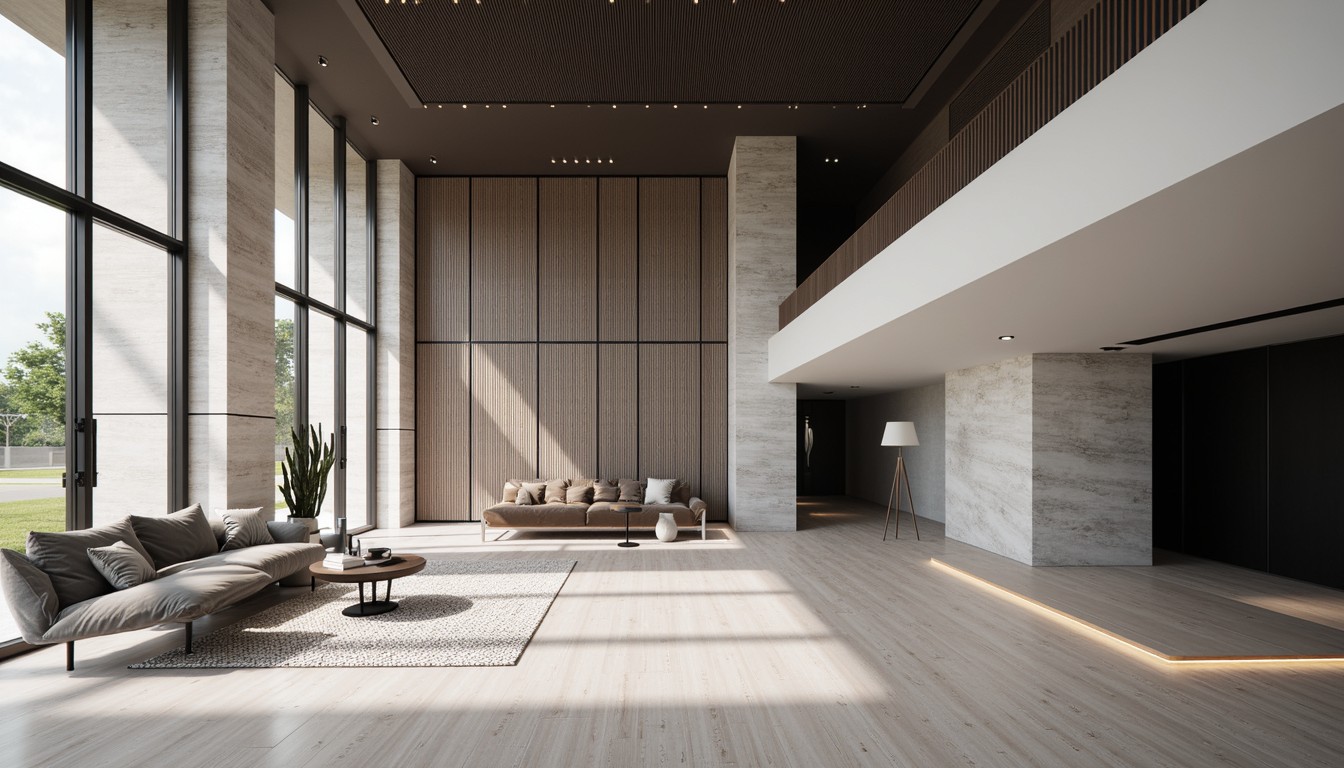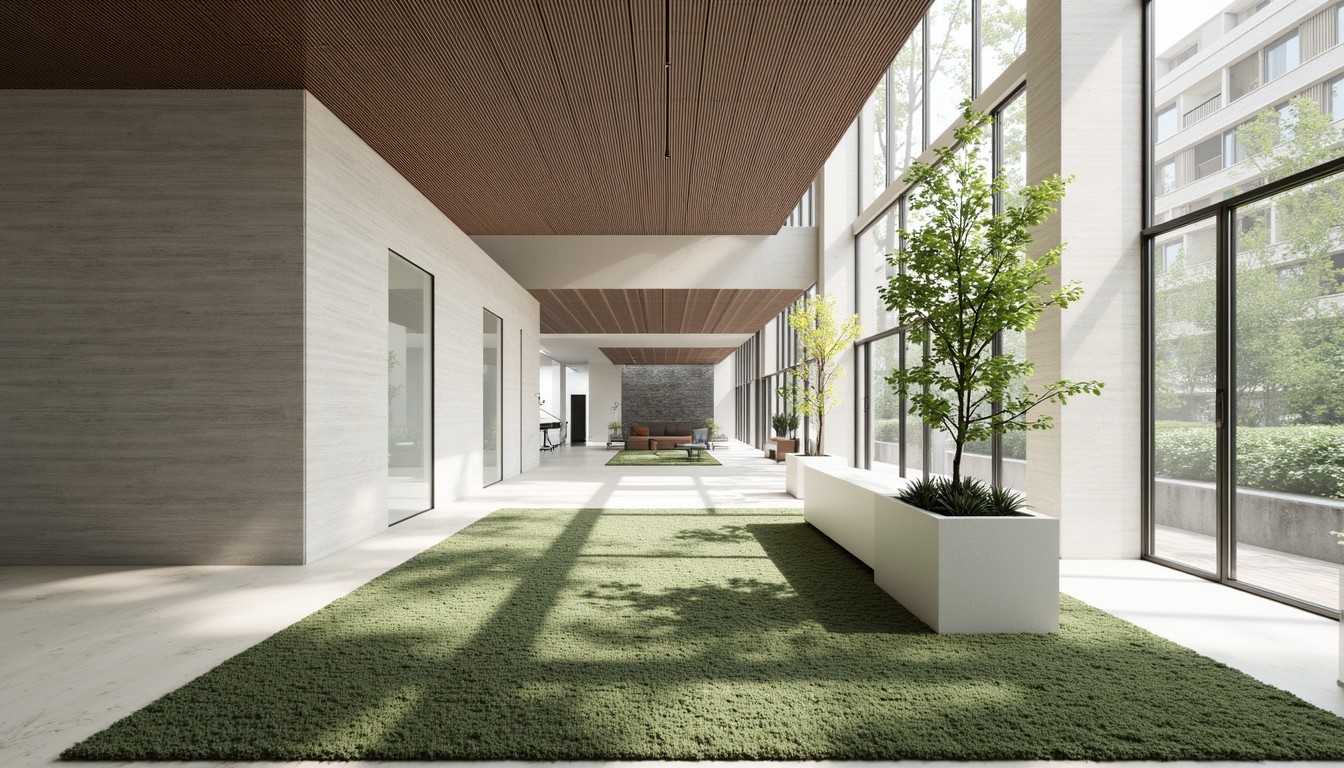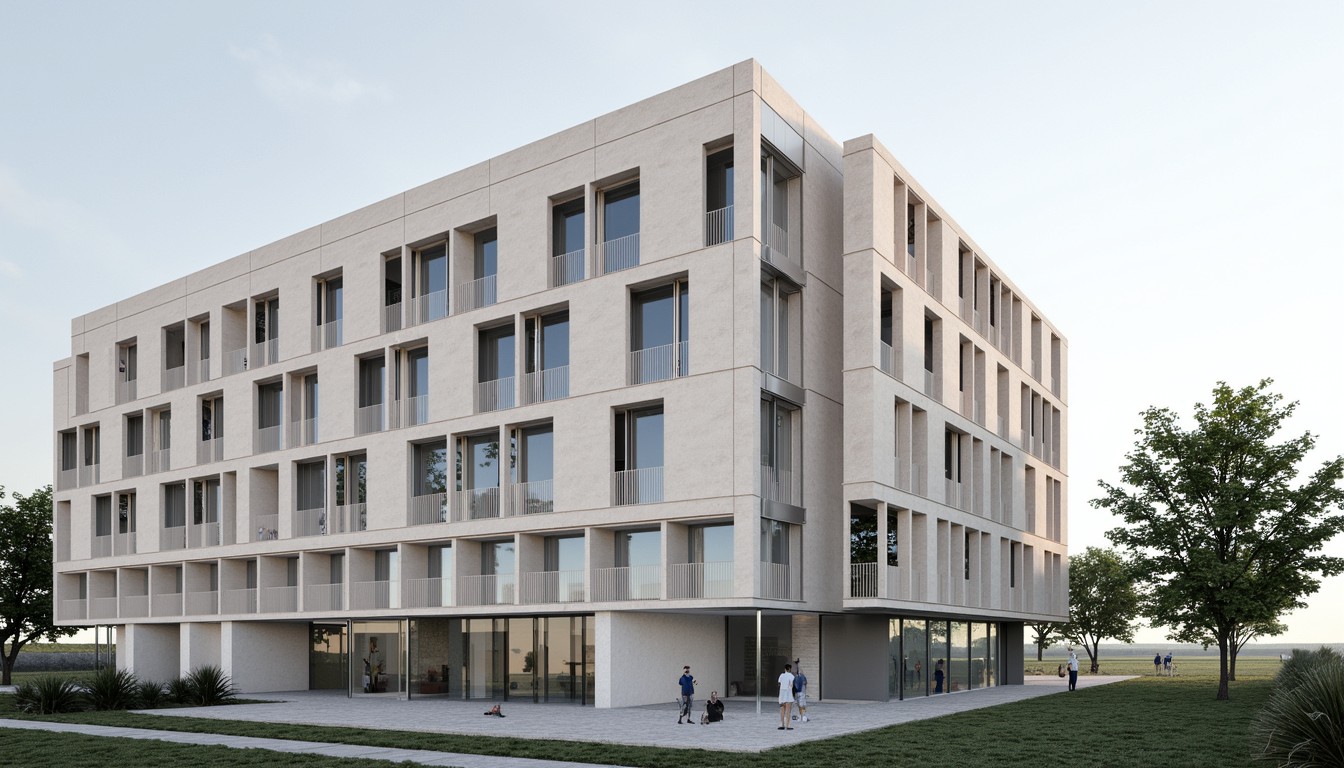Immersive Design: Revolutionizing Architecture with VR & AR
The architectural landscape is undergoing a significant transformation, driven by the rapid advancements in Virtual Reality (VR) and Augmented Reality (AR) technologies. These immersive technologies are no longer futuristic fantasies; they are powerful tools reshaping how architects design, present, and collaborate, offering unparalleled benefits for both designers and clients.
Understanding VR and AR in Architectural Visualization

Virtual Reality (VR) creates a completely simulated environment, immersing the user in a 3D model of the design. Using VR headsets and controllers, architects and clients can walk through a virtual building, explore spaces, and experience the design from various perspectives before a single brick is laid. This allows for early detection of design flaws, improved spatial understanding, and a more intuitive design process.
Augmented Reality (AR) overlays digital information onto the real world. In architecture, AR can be used to visualize a proposed design superimposed onto the existing site, allowing clients to see how the new structure will integrate with its surroundings. This is particularly useful for urban planning projects and renovations.
The Benefits of Immersive Design in Architecture

Enhanced Client Collaboration and Communication
One of the most significant advantages of VR and AR is improved client communication. Traditional methods of presenting architectural designs, such as 2D drawings and physical models, often fail to convey the true scale, spatial relationships, and overall feel of a project. VR and AR provide a much more intuitive and engaging way to present designs, leading to better client understanding and faster decision-making. Clients can actively participate in the design process, providing valuable feedback and shaping the final product more effectively.
Improved Design Iteration and Problem Solving
The ability to experience a design in a virtual environment allows architects to identify potential problems early in the design process. Issues with spatial flow, lighting, or sightlines can be easily detected and addressed before construction begins, saving time and money. This iterative design process, facilitated by VR, significantly reduces the need for costly revisions later on.
Enhanced Spatial Understanding and Design Exploration
VR allows architects to explore design possibilities in ways that were previously impossible. They can experiment with different layouts, materials, and lighting scenarios with ease, creating a richer and more nuanced design. This immersive experience enhances spatial understanding, enabling architects to make more informed design decisions.
Cost Savings and Reduced Errors
By identifying and correcting design flaws early in the process, VR and AR significantly reduce the likelihood of costly errors during construction. The ability to virtually “walk through” the design before construction minimizes the risk of unexpected problems and rework, leading to substantial cost savings.
Real-World Applications of VR and AR in Architecture

The applications of VR and AR in architecture are diverse and constantly expanding. Here are some examples:
- Residential Design: Allowing clients to virtually tour their future homes, experiencing the space and making informed decisions about layouts, finishes, and furniture placement.
- Commercial Design: Presenting designs to potential investors and stakeholders, showcasing the functionality and aesthetics of commercial spaces.
- Urban Planning: Visualizing large-scale urban development projects, allowing stakeholders to assess the impact on the surrounding environment and community.
- Renovation Projects: Using AR to overlay proposed renovations onto existing structures, helping clients visualize the changes before committing to the project.
- Heritage Preservation: Creating virtual tours of historical sites, allowing researchers and the public to experience these places in detail without causing damage.
ArchNav: Your Partner in Immersive Architectural Visualization
ArchNav is at the forefront of architectural visualization, leveraging the power of VR and AR to deliver exceptional results for our clients. We utilize the latest technologies and techniques to create immersive experiences that enhance communication, streamline the design process, and ultimately lead to better architectural outcomes. Our team of experienced professionals understands the nuances of architectural design and the power of immersive technologies, enabling us to deliver high-quality, impactful visualizations that exceed expectations.
Contact ArchNav today to learn how we can help you harness the power of immersive design for your next project. Let us transform your architectural vision into a captivating reality.
